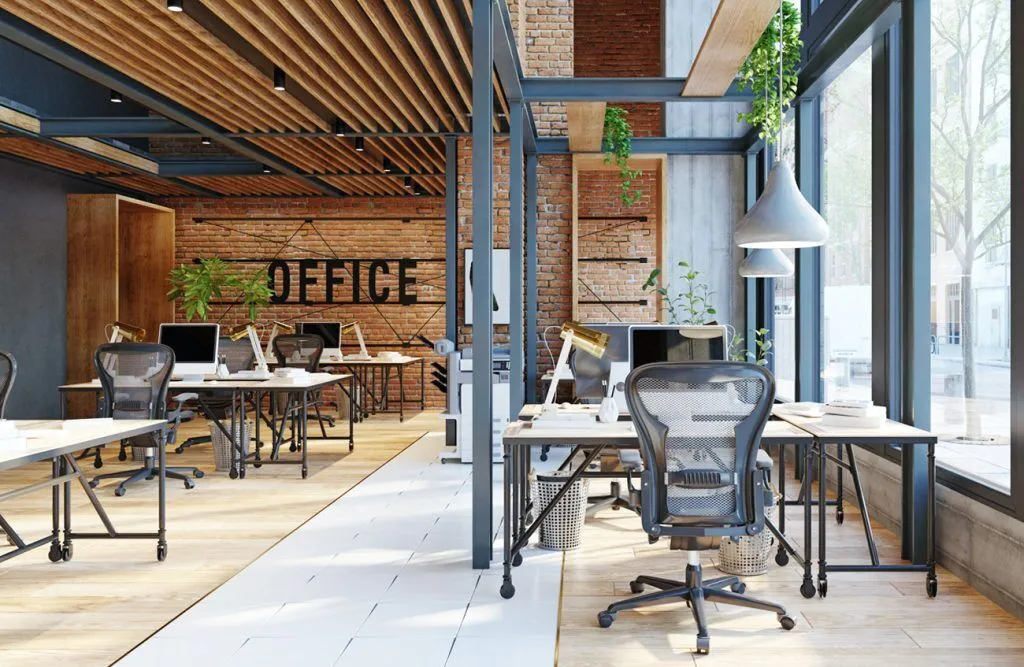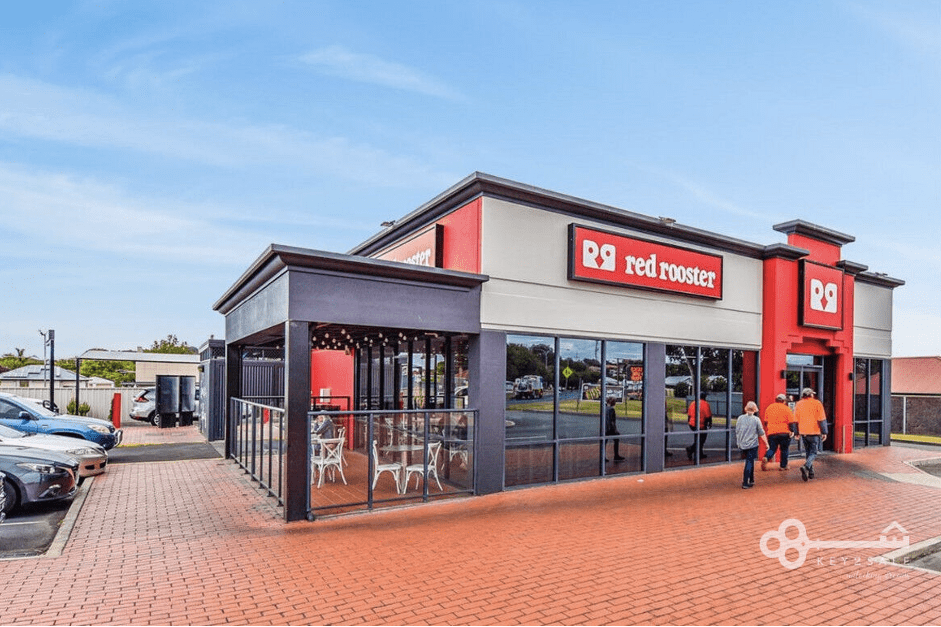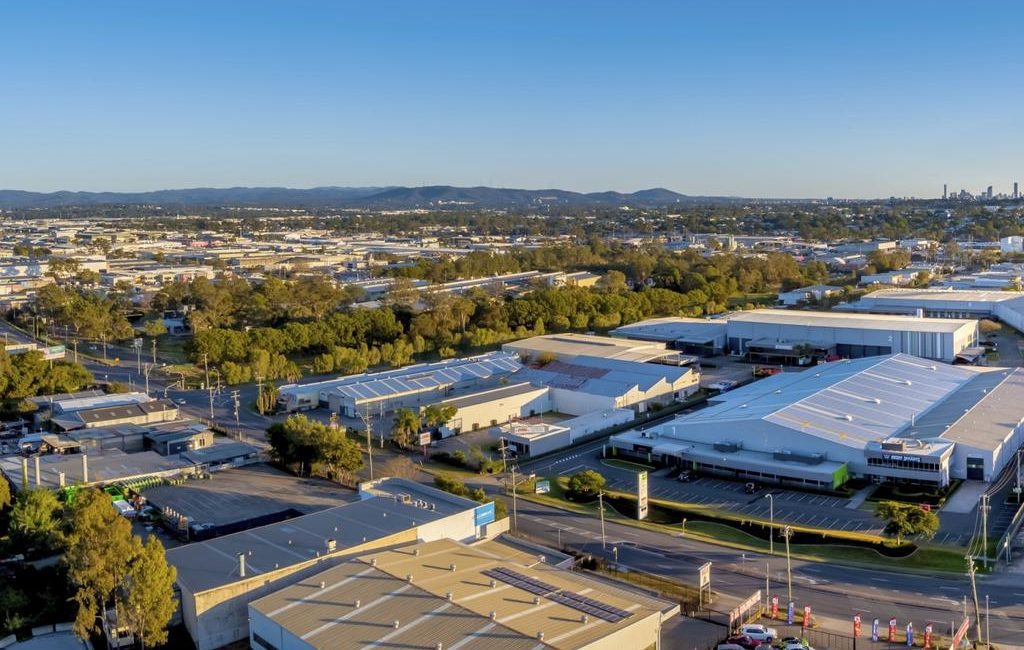Have you ever bought something just because it looked amazing in the ad or because it came with a bunch of freebies, only to regret it later when it didn’t live up to expectations? Maybe it was a gadget that stopped working after a week or a “miracle” product that wasn’t so miraculous after all. Annoying? Yes. But at least you can toss it or give it away.
Now, imagine making that mistake with an office building. It’s not easy to return or write it off as a slight loss. Commercial real estate is a costly investment, and a single oversight could lose you thousands or even more.
That’s why relying on emotions or a property’s flashy appeal isn’t enough. The best way to protect yourself from pricey mistakes is through in-depth due diligence. In this blog, we’ll explore general ideas of commercial property, what due diligence in this field looks like, why it’s crucial, and unpack three real-life case studies to emphasize its impacts. Let’s get started!
What is Commercial Property?
If you’re new to commercial property investing, let me walk you through some basic things you need to know. Unlike residential properties, which are designed for individuals or families to live in, commercial properties refer to those that are primarily used for business purposes, such as warehouses, retail spaces, office buildings, and more.

Source: arielle.com.au
What Makes Commercial Property Attractive to Investors?
Investing in commercial property carries more risk than residential, but it comes with greater rewards. One of the most significant advantages is the higher rental cash flow compared to residential investments. On average, commercial properties tend to have net yields ranging from 6% to 10%, while residential investments typically offer net yields between 2% and 5%. Commercial properties usually have longer-term lease agreements with business tenants than residential ones, providing better consistent rental income and reducing the risk of frequent vacancies. Plus, many commercial leases include rental increases tied to the Consumer Price Index (CPI), ensuring landlords maintain steady income growth over time. Another key benefit is the ability to pass on operating expenses to tenants, including property maintenance, taxes, and insurance, which is not the case in residential, where landlords often bear a significant portion of these costs.

Source: blog.pinclick.com
Even though commercial properties come with enticing benefits, their risks are just as large. What seems like a promising opportunity can quickly turn into a financial trap if hidden risks are overlooked. That’s where due diligence cuts through the dazzling facade to reveal the true picture beneath.
What is Due Diligence in Commercial Property?
Due diligence is a comprehensive process of examining a property before purchasing. While the checklist may be extensive, there are three core areas to focus on:
- Market Analysis: Assess the property’s market position by reviewing supply levels and upcoming developments that could impact demand and rental potential. This step determines whether the area has good growth potential.
- Property Inspection: Conduct a detailed inspection to evaluate the building’s history, physical condition, and any unapproved structures. The goal is to identify defects early and avoid unexpected repair costs and legal issues.
- Lease Examination: Verify tenant agreements and backgrounds and ensure rent aligns with advertisements. A careful lease review will help prevent issues with tenant defaults or misleading rental expectations.
The ultimate goal of due diligence is to uncover potential risks. Without in-depth due diligence, investors may face overvalued properties, unexpected costs, structural issues, unreliable tenants, environmental hazards, etc., any of which could turn a potential deal into a costly mistake. Let’s take a closer look at three real-life case studies from Chris Huxter – the Head of Commercial at InvestorKit, to see the impacts of proper due diligence.
Case Study 1: Red Rooster – A Fast Food Restaurant in Mount Gambier
At first glance, this offer seemed like a perfect opportunity.
- On a 10-year head lease running until 2030 plus 3 further 5 year options to renew
- Generated an annual net rent of $87K, with CPI increases.
- Situated in a prime highway location, near many major retailers.
- A massive 2,388m² of land and the property had been recently refurbished.
- No Stamp Duty Payable

Source: key2sale.com.au
Everything looked perfect on the surface. However, further investigation exposed some critical issues:
- The quoted price of $1.5M reflected a high net yield of 5.8%, which appeared unrealistic compared to similar properties. When Chris and his team conducted research on 15 similar fast-food restaurants, the results showed that the average net yield for a fast-food restaurant was only around 4.37%. Ultimately, the property sold for $1.85M, resulting in a much lower yield of 4.71%.
- Chris and his team also discovered that investors would experience a negative cash flow of $23K in the first year unless a significantly larger deposit of at least 50% were made.
While the tenant and location were strong, the numbers didn’t add up, and the investment failed to justify itself.
Case Study 2: An Industrial Property in Crestmead, Queensland
This industrial unit initially seemed like a promising entry-level investment:
- Came with a fresh 3-year lease.
- Generated a net rent of $63K per annum with CPI increases.
- The asking price was $1.1M, reflecting a high 5.8% net yield.
- Well-balanced office-to-warehouse space.

Source: realcommercial.com.au
Nevertheless, red flags emerged during due diligence:
- The tenant was a newly established charity with an Australian Business Number (ABN) that had been active for less than a year, which raised concerns about its financial stability.
- No director’s guarantee or financial track record which increases the risk of default.
- No rental ledger history, making it impossible to verify past rent payments.
- Market vacancy analysis indicated potential difficulty in re-leasing the property.
After all, the lack of financial security made this deal too risky to proceed.
Case Study 3: An Industrial Property in Toowoomba, Queensland
This industrial site, leased to a NASDAQ-listed company, looked like a solid offer at first:
- A massive land size of 7,000m².
- The tenant had a solid 19-year track record in the space.
- Generated $197K in net annual income.
- 5-year lease expiring in 2027.
- Offer attractive 8.4% net yield.

Source: realcommercial.com.au
However, deep analysis disclosed major concerns:
- The site had contamination issues, presenting environmental and financial risks.
- Insurance costs were $50K per year (25% of rental income), significantly reducing profitability.
- The long re-leasing period would amplify financial strain if the property became vacant.
Despite the generous return on investment, the potential risks outweighed the rewards.
While these properties look amazing on the surface, they have hidden issues underneath. The lesson? Always dig deeper and do your research carefully. Thorough due diligence ensures a sound investment and guarantees that the money you spend is worth the value. High yields, prime locations, and other alluring offers can sometimes mask underlying risks, so assessing the whole picture is essential, not just the numbers the sales agent gives you on paper.
Commercial properties offer exciting rewards for investors who do their homework properly. To learn more about due diligence tips for commercial property, check out our podcast episodes featuring our Head of Commercial, Chris Huxter: “The Significance of Commercial Due Diligence” and “Doing Due Diligence in Commercial Property Investing Can Potentially Save You!“
Thinking about jumping into commercial property and looking for the right team to assist with your research? We’ve got you covered! At InvestorKit, we are dedicated to helping investors make informed decisions backed by data. Our team goes beyond the surface, analysing market trends, uncovering hidden opportunities, and leveraging our nationwide network of agents to find the best deals for you. Get in touch with us today by requesting a 15-minute FREE no-obligation discovery call!
.svg)
